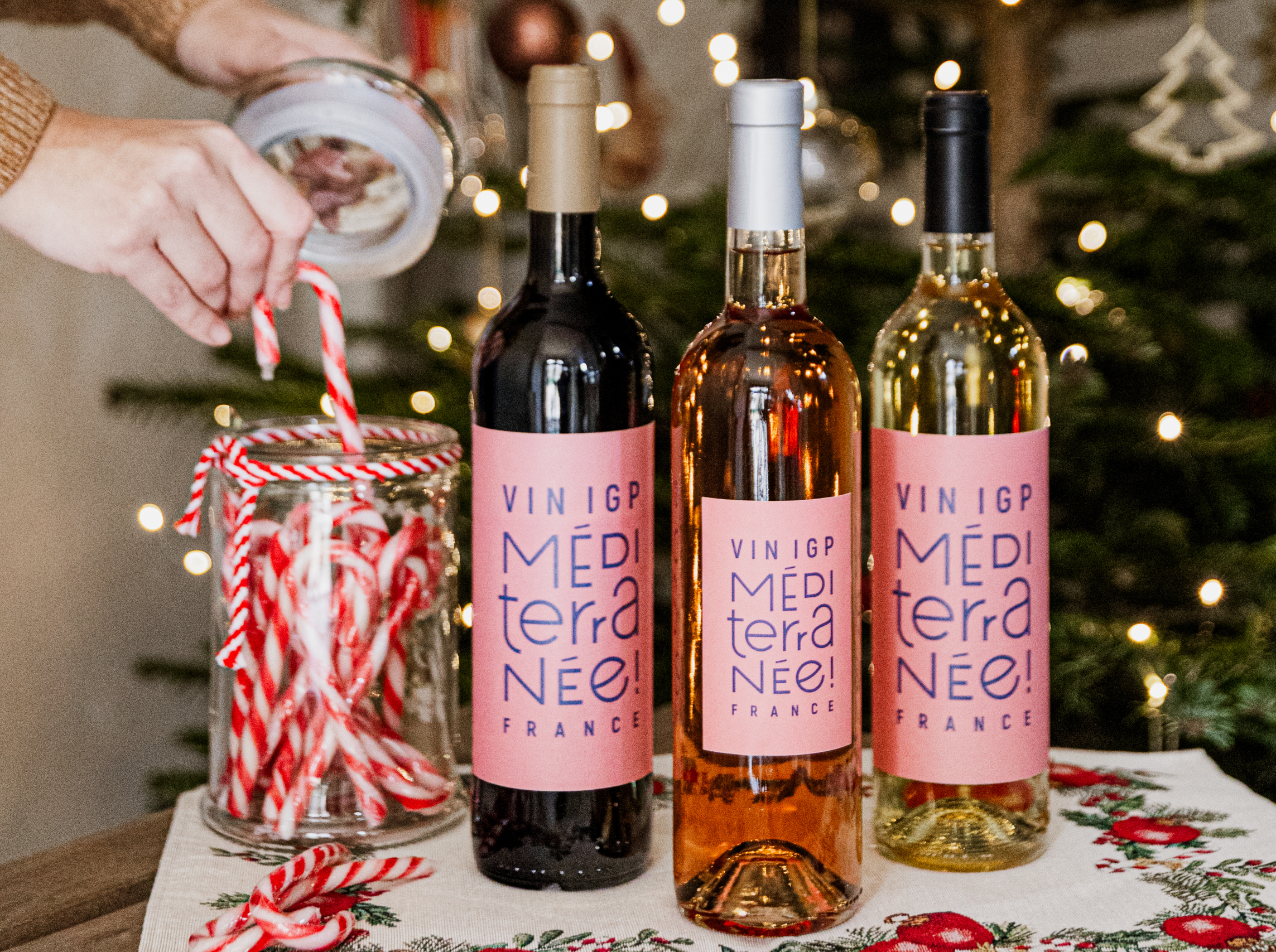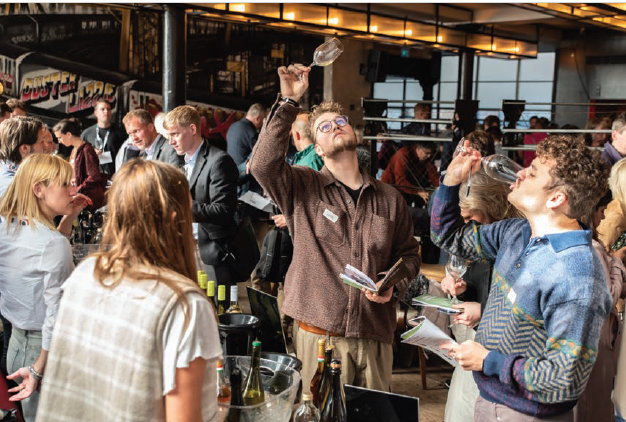St Emilion’s class struggle
The recent St Émilion reclassification leads Mark Savage MW to question whether terroir is still valued as an indicator of quality.
The revision was bound to raise the odd eyebrow, even among people who are dubious about classifications in general, while recognising an element in the human psyche that enjoys belonging to a club or being part of an establishment hierarchy, writes Mark Savage MW.
Those who prefer to be non-conformist in this respect are probably a minority. Certainly when it comes to being in the Syndicat des Grands Crus Classés de St Émilion, there seems to be a strong desire among most château proprietors for the status conferred by membership. Whether the actual consumer knows or cares about this sort of thing is rather more debatable.
Revisions of classifications may cause some of us to stop and ask ourselves what purpose they are intended to serve and what criteria are important for inclusion. As with the appellation system in general, it needs to be considered whether it best serves the interest of the producer or the consumer.
Some may still harbour the notion that the important factor is the actual “terroir” of the vineyard concerned and its supposed superiority, as evidenced by a successful track record over an extended period of time. The logic and advantage of this concept is surely that its roots lie in something permanent, that there is in fact a natural rather than a man-made reason behind it.
It’s fairly well-established that the famous 1855 classification of the Médoc was based on money rather than on specific soils and it seems perfectly acceptable for a first growth to acquire a parcel of vines whose fruit had previously had no loftier destination than the local co-op. By contrast, in the Côte d’Or individual sites are considered to be of primordial significance and each cru produced by a domaine will have a price that corresponds to a status firmly entrenched in the belief that the very specific “terroir” really makes a difference.
Where does the Syndicat de St Émilion stand on this issue today? Is the view that the actual location of the vineyard as the prime criterion is now beginning to look naïve, if not rather quaint? The driving forces behind the latest revision seem to have more to do with money and politics than intrinsic terroir superiority.
Here is a cru whose terroir is modest rather than exceptional, finding itself elevated to the elite category of the four wines at the top of the premiership. In the lower half of that top division is a name for which the word cru seems inappropriate given that its vineyard location is somewhat elusive or even movable.
On the other hand, it is still possible to find a St Émilion proprietor whose wine commands a higher price than the majority of the top ten châteaux and yet resolutely declines to accept an invitation for promotion, preferring it would seem to rely on the judgement of his loyal clients rather than on the views of the Syndicat.
To some observers, classifications are of little interest and do not affect buying decisions in the least, but the question of their validity remains. Should wine be ranked as if it were a restaurant or football team – on the whim of a Michelin inspector or the fortunes of an oligarch – or is there merit in the idea that land itself, regardless of its ephemeral owners, is entitled to some recognition of its own?
If ranking is based upon human interference – the influence of external consulting oenologists and the techniques employed in the cellar – then it seems logical that vineyards should be subjected to annual inspection.
Partner Content
But do we want to treat vineyards like restaurants and base the ratings on those of inspectors? Surely not – for a restaurant can be simply relocated, while a vineyard site is permanent. If classification becomes a reflection of human interference, then the terroir game must be over.
That will be a matter of regret for those who value the potential for originality offered by a great wine. Let’s return to the cui bono question. The recent revision of St Émilion will no doubt do wonders for the egos of proprietors who find themselves promoted. However, along with the question of pride, there is also the question of price.
The promotion saw an instant upward revaluation of the wines in the marketplace. How many of the producers will pause to wonder how many of their previously loyal consumers will now admit defeat and feel priced out of the market – turning their attentions elsewhere? Clearly the speculative investor will be more interested by any reclassification than the consumer for whom drinking pleasure matters more than the asset value of the bottle.
The philosopher Montaigne, born near St Émilion, would have surely appreciated the irony of this situation, where a good wine becomes so expensive and so important that it succeeds brilliantly in alienating itself from a substantial section of its market. He would have mused from his viewpoint a few miles further east along the same calcareous côte that one should simply respect the classification, as long as the arbitrators leave winemakers in peace and respect their freedom of spirit.
And Montaigne would have added: “Si vous êtes roi, exigez que l’on s’incline devant vous…cependant n’y croyez pas!” In other words – those at the top of the tree should acknowledge the worship of their devotees without ever allowing it to go to their heads.
For a defence and explanation of the St Emilion reclassification from Alain Moueix, click here.
This article originally appeared in the drinks business December 2012 edition.




